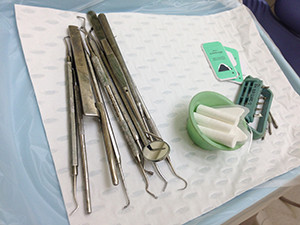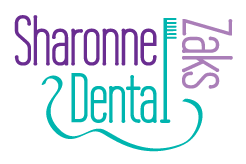fillings
 The direct filling materials available are composite resin (tooth coloured material made of resin and filler particles), amalgam (metallic silver coloured material) and GIC (tooth coloured and made of glass particles in a matrix)
The direct filling materials available are composite resin (tooth coloured material made of resin and filler particles), amalgam (metallic silver coloured material) and GIC (tooth coloured and made of glass particles in a matrix)
I use all materials in different situations depending on what suits best. Different surfaces and locations of teeth have different requirements. In order to allow an informed decision I always go through the options with you and make a recommendation before proceeding. Here is a summary of the pros and cons of the materials:
Composite resin:
Advantages:Excellent aesthetics, good wear resistance, conserves tooth as minimal drilling required, flexible so wont promote cracking of the tooth.
Disadvantages: Will leak at the borders over time, allowing bacteria to get in underneath risking recurrent decay. Requires more frequent maintenance, repair and replacement than amalgam. Ideal in a lower decay risk mouth with good oral hygiene; degenerates faster in presence of plaque and acid. Takes much longer to place and thus is generally more expensive than amalgam.
Amalgam:
Advantages: Longest lasting of all the direct filling materials, requiring replacement the least often. Very wear resistant. Doesn’t leak over time; excellent seal at borders. Performs better than composite in high decay risk mouths and handles plaque better than composite.
Disadvantages: Is slightly more rigid than the tooth so can increase the risk of cracks developing in teeth, usually after many years (unlike composite which is flexible). Looks grey and can create a grey shadow through the tooth.
GIC:
Advantages: Excellent seal; ideal if gums inflamed and not ready for permanent filling; often used as an interim material. In certain areas out of direct chewing load works well as the final restoration. Disadvantages: Less resistant to wear so lasting time less than other materials if under biting load. Appearance not quite as good as composite.
